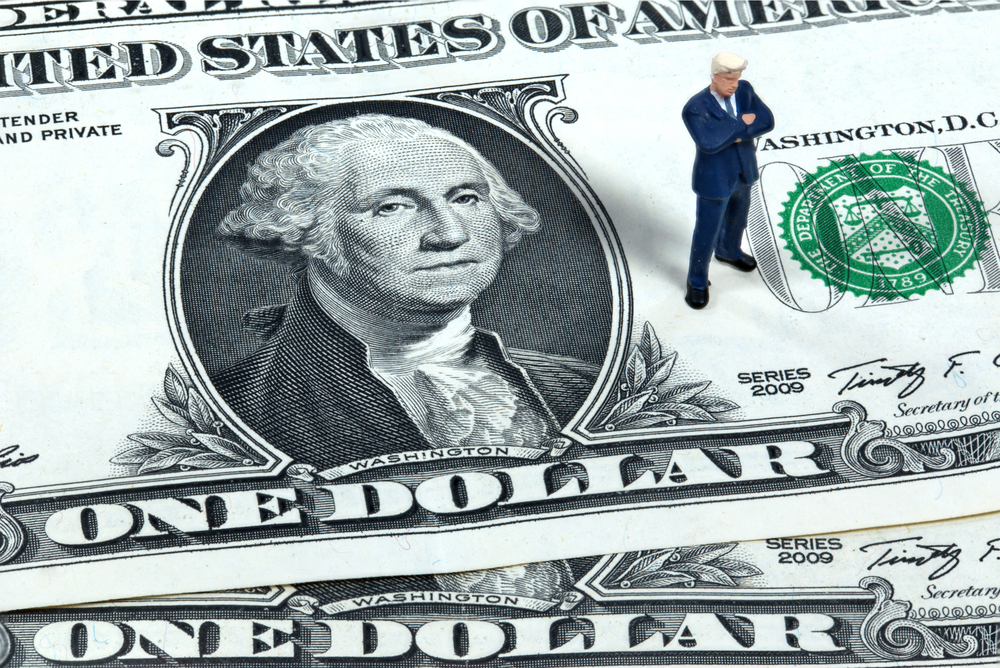
The US dollar managed to rise in the foreign exchange markets today ahead of a speech later from US President Donald Trump which could well cause disruption for the markets.
Trump is due to speak at a lunch in New York later today, with his audience being the Economic Club of New York.
According to press reports, he is widely expected to tell his audience – and indeed the markets – that he will avoid adding new tariffs on to cars imported from the European Union.
A decision to impose tariffs, which has already been postponed once, would most likely be interpreted by the markets as a negative move against free trade.
There was also some speculation that Trump might use the speech to provide an update on the recent wrangling between the US and China on agreeing to a “phase one” trade deal.
This deal has still not been signed, and there have been both positive and negative signals in recent weeks.
The US dollar was up against its safe haven rivals on Tuesday as anticipation of the speech began to mount.
In its pair with the Japanese yen, for example, it managed to rise by a fifth of a percentage point.
In its pair with the Swiss franc, which is also a safe haven currency, it rose by the same proportion.
Overall, the dollar index – which is a tool used by traders to assess how the currency is doing relative to six other specific ones from across the globe – was up by 0.1%.
Elsewhere, one of the big losers in international forex trading yesterday was the New Zealand dollar.
This was down by half a percentage point in its pair with the US dollar and was seen at 0.6335.
This was largely as a result of a survey by the country’s central bank, which revealed a plummeting in immediate inflation predictions.
This fuelled perceptions that an interest rate reduction could be on the cards when the bank meets later in the week.
It is widely expected now that there will be a reduction in the headline interest rate from 1% to 0.75%.
The single European currency was also down, although not by nearly as much.
It was recorded down by 0.1% in its pair with the US dollar and was spotted at $1.10225 at one stage.
The euro is facing problems at the moment, and its current position represents one of its worst positions in four weeks.
Meanwhile, the Chinese yuan was down in its pair against the US dollar.
It was noted at close to 7 in this pair, which reflects little change in recent days.
The part of the yuan which performed in this way was the offshore Chinese yuan, which is the version of the currency that is traded on a market basis.
Part of the reason for this stagnation was due to developments in Hong Kong, where incidents revolving around protests have flared up again over the last few days – causing concern internationally about the best response.
 Between 74-89% of CFD traders lose
Between 74-89% of CFD traders lose  Your capital is at risk
Your capital is at risk  Your capital is at risk
Your capital is at risk  Your capital is at risk
Your capital is at risk